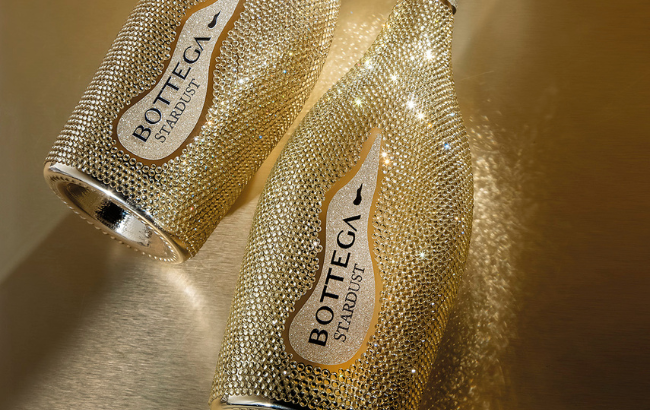Small wineries to benefit from Ste. Michelle U-turn
By Sarah NeishIn an exclusive interview, Sarah Neish learns how the decision by Washington wine giant Ste. Michelle to buy 40% fewer grapes from growers may have a surprising silver lining for small producers.

In August last year, Ste. Michelle Wine Estates (which is responsible for 50-60% of Washington’s total wine production) confirmed it would be buying 40% fewer grapes from growers to “ensure the health of its business”.
“We are currently working with our grower partners to adjust our grape supply to better align with demand and enable us to focus on crafting the highest quality premium wines from Washington,” Lynda Eller, SMWE senior director of communications, said at the time.
Speaking to the drinks business last week, Kristina Kelley, executive director of Washington State Wine Commission, hinted that while the news had shocked many growers it was not necessarily all bad.
Ste. Michelle drastically reducing the volume of grapes it buys means that smaller producers can “get access to vineyards and fruit sourcing that they may not have had the chance to otherwise because growers were under contract to Ste. Michelle,” Kelley said.
Despite Ste. Michelle often dominating headlines, “95% of Washington wineries produce 5,000 cases or less,” revealed Kelley, but the status quo may be set to change as access opens up to fruit.
She sees the shift as an opportunity for smaller growers to increase their profile both in the US and at export.
While exports currently make up less than 5% of Washington’s wine business, according to Kelley “wineries which may not have thought about export before because they didn’t have the capacity to make enough wine might now start to look at exporting as an option.”
“We’re still a young industry,” she told db. “Now that we know there’s a demand for our wines overseas we can make it more of a focus.”
Partner Content
According to Kelley, “to grow our exports even by a few per cent would be fantastic because we’re starting from a small base. For people to understand Washington State wines, we need to be on the global stage.”
Right-sizing an oversupply
Despite enduring a frost in January 2024, Washington is still facing an over-supply of wine, something the industry is keen to correct.
“We have a real opportunity to right-size our production, and push towards a more premium position,” said Kelley, who believes that the US$15-25 price bracket is “the sweet spot” for Washington wines. “We’re putting in place now the things we need to secure the ongoing health of our industry.”
As part of the solution, Washington Wine Growers has brokered a deal to supply grapes to British Columbia winemakers, who do not have enough fruit from their 2024 harvest due to a severe deep freeze that took place in mid-January.
“It sits nicely with what both regions need,” Kelley told db.
Meanwhile, the first tranche of Washington wines that are certified Sustainable are starting to trickle through to market, the result of 18 months of developing a dual relationship between Sustainable WA and Salmon-Safe in order to “enhance water quality protection, wildlife habitat conservation and climate resiliency.”
The main priority of Salmon-Safe is reducing vineyard runoff, and enhancing the native biodiversity around vineyard sites.
Related news
Majestic confirm Enotria & Coe acquisition




